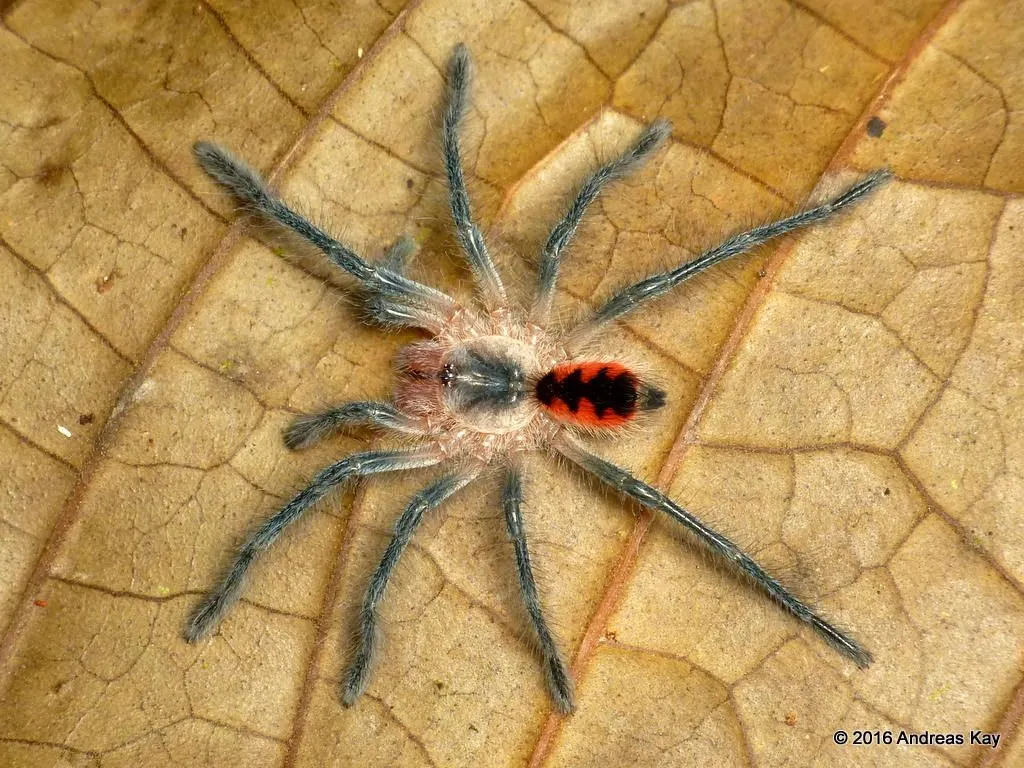What is a Baby Tarantula Called (Spiderling)
When a tarantula hatches from its egg sac, it’s known as a spiderling. This term applies to the tarantula throughout its early stages of development. Spiderlings are essentially miniature versions of adult tarantulas, but they are much more fragile and require specialized care. They are incredibly vulnerable during this phase, making their survival heavily dependent on the environment and the care they receive. Understanding the term ‘spiderling’ is the first step in learning about the fascinating journey of a baby tarantula.
Understanding the Life Cycle of a Tarantula
The life cycle of a tarantula is a remarkable process. It begins with the egg sac, which the female tarantula carefully guards. Inside the egg sac, numerous eggs develop, eventually hatching into spiderlings. These spiderlings will undergo a series of molts as they grow, shedding their exoskeletons to accommodate their increasing size. This molting process is crucial for their development, allowing them to grow larger and develop into mature adults. Depending on the species, a tarantula can live for several years, with females often living longer than males. This extensive lifespan makes them a unique pet for those who are willing to provide them with proper care.
Egg Sac and Spiderlings
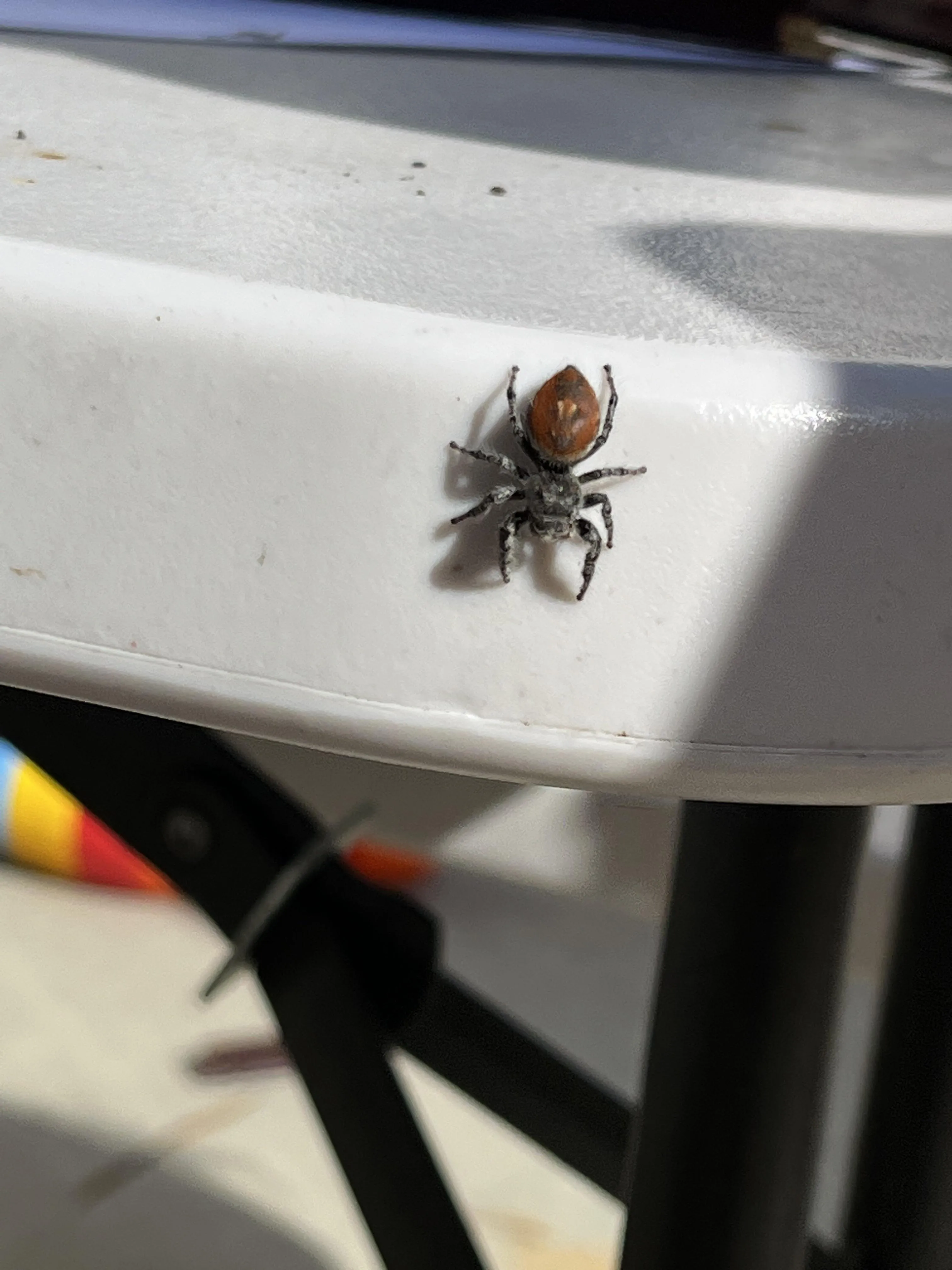
The egg sac is a crucial part of a tarantula’s life cycle. Female tarantulas typically create an egg sac after mating, which can contain hundreds or even thousands of eggs, depending on the species. They meticulously guard their egg sac, protecting it from potential threats. After a period of incubation, the eggs hatch into spiderlings. The spiderlings remain within the egg sac for a while, absorbing nutrients from their yolk sacs before emerging. The care provided at this stage is critical for their survival, including maintaining proper humidity and temperature to ensure their development. This initial phase sets the stage for their journey into the world.
What do Baby Tarantulas Eat?
Spiderlings have a specific diet, which primarily consists of small, flightless insects that are easy to catch and digest. Commonly, this includes fruit flies (Drosophila melanogaster), pinhead crickets, or freshly hatched mealworms. The size of the prey is crucial; it must be small enough for the spiderling to handle. Overfeeding should be avoided, as it can lead to health problems. Providing a varied diet of appropriate-sized insects ensures that the spiderling receives the necessary nutrients for healthy growth. Regular feeding, typically every other day or every day, supports their rapid development during these early stages of their life.
Feeding Schedule for Baby Tarantulas
A consistent feeding schedule is vital for baby tarantulas. Spiderlings require regular meals to fuel their rapid growth. The frequency of feeding depends on the species and the spiderling’s stage of development. Generally, baby tarantulas should be fed every one to two days, providing them with appropriately sized insects. It’s important to observe the spiderling’s behavior; if it consistently refuses food, it could be preparing to molt, and the feeding schedule might need to be adjusted. Clean up any uneaten prey within a few hours to avoid stress on the spiderling. Proper feeding practices directly influence a spiderling’s health and longevity.
How Fast Do Baby Tarantulas Grow?
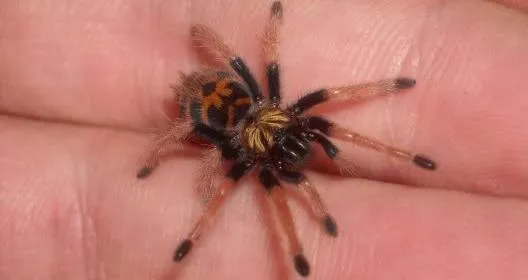
The growth rate of baby tarantulas varies greatly among species. Some species grow relatively quickly, while others develop at a slower pace. Several factors influence growth, including the species, feeding frequency, temperature, and overall care. Spiderlings will molt multiple times during their initial stages, each molt allowing them to increase in size. Regular molting is a clear sign of growth and development. Providing an environment conducive to their needs, including appropriate temperature and humidity, can significantly impact their growth rate. Always research the specific growth patterns of your tarantula species to manage expectations and care effectively.
Molting in Baby Tarantulas
Molting is a critical process in a tarantula’s life, where it sheds its exoskeleton to grow. Baby tarantulas molt frequently, sometimes every few weeks. Before molting, a spiderling typically becomes less active and may refuse food. The molting process can take several hours or even a day or two. After molting, the tarantula is vulnerable and its new exoskeleton is soft, so it’s crucial to maintain a humid environment and avoid disturbing the spiderling. It’s essential not to feed the tarantula until its new exoskeleton hardens, usually about a week after molting. Molting is a natural part of their growth and a sign of a healthy, developing spiderling.
What Kind of Enclosure is Best for a Baby Tarantula?
A suitable enclosure is crucial for a baby tarantula’s well-being. The enclosure should be appropriately sized, with enough space for the spiderling to move and establish itself. A clear container, such as a small plastic terrarium or a modified deli cup, is often ideal, allowing for easy observation. The enclosure should have adequate ventilation to prevent the buildup of humidity, while maintaining a comfortable environment. The enclosure needs to be secure, with a tight-fitting lid to prevent escape. The size of the enclosure will need to increase as the spiderling grows.
Substrate and Decor
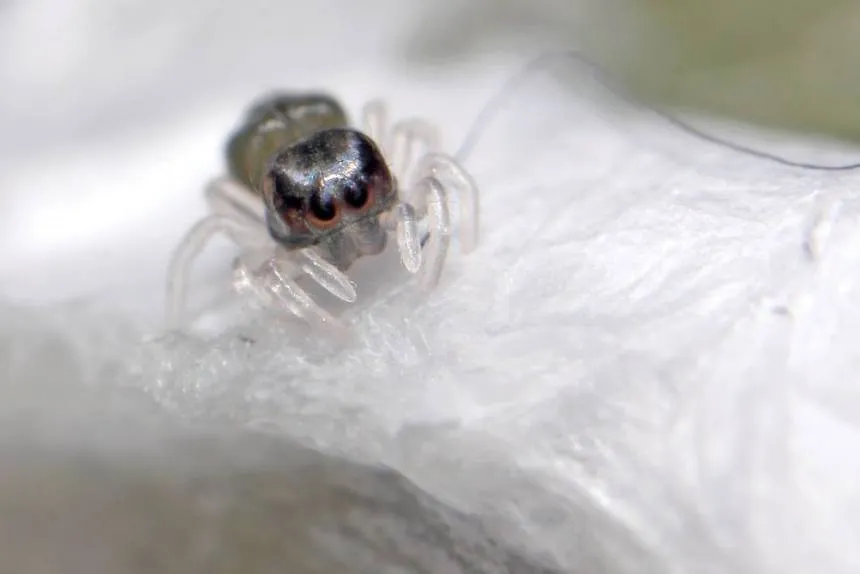
The right substrate and decor are essential for creating a suitable environment for a baby tarantula. The substrate provides a surface for the spiderling to move and burrow in and helps maintain humidity levels. Common substrate choices include peat moss, coconut fiber, or a mixture of the two. Avoid substrates with sharp edges. Decor should be kept simple to make the enclosure easy to maintain. Provide a shallow water dish for hydration and a piece of cork bark or a small hideaway for the spiderling to feel secure. Regular misting helps maintain the required humidity level, which is essential for healthy molting and overall well-being.
Baby Tarantula Temperament and Handling
Baby tarantulas are generally best left undisturbed. Their small size makes them delicate and vulnerable. Handling should be avoided unless absolutely necessary, as it can stress the spiderling. Some species are more docile than others, but all spiderlings are fragile and can be easily injured. Always observe the spiderling’s behavior before attempting to interact with it. Understanding your specific species’ temperament and respecting its needs will help you avoid unnecessary stress for the spiderling. Observe and appreciate them from afar to ensure their safety and promote a healthy life.
Common Health Issues in Baby Tarantulas
Baby tarantulas, like all living creatures, are prone to certain health issues. Dehydration, often caused by inadequate humidity, can be a significant problem. Ensuring the proper humidity level is therefore essential. Mites can sometimes infest the enclosure. Parasites can also be an issue, so inspect the spiderling regularly. Another common issue is failed molts, which can be fatal. This often results from poor environmental conditions or inadequate nutrition. Identifying these issues early and addressing them with appropriate care are crucial. A healthy diet, proper humidity, and a clean environment are critical to keeping your baby tarantula in prime condition.
Providing Adequate Humidity and Temperature
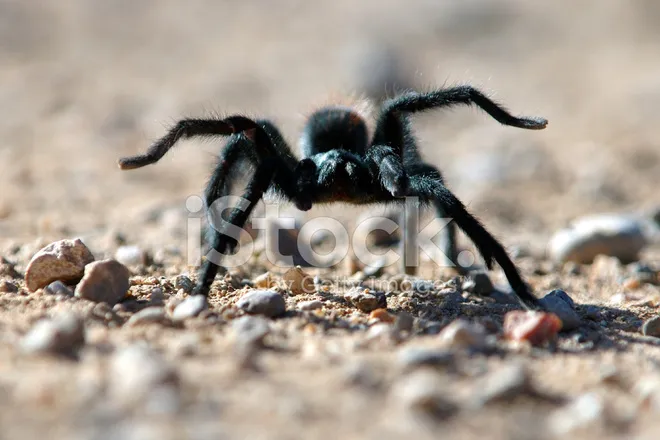
Maintaining the correct humidity and temperature levels is crucial for a baby tarantula’s health and well-being. Humidity is particularly important for molting, as it helps the exoskeleton shed properly. Use a hygrometer to monitor humidity levels and mist the enclosure with water as needed. The ideal humidity levels vary depending on the species. Temperature also impacts growth and molting. Provide a temperature gradient within the enclosure, with a warmer side and a cooler side. A heat source, such as a low-wattage heat mat, can be used to maintain the appropriate temperature, but avoid direct heat sources that can overheat the enclosure. Proper temperature and humidity conditions directly influence the baby tarantula’s overall health and development.
Where to Buy Baby Tarantulas
Acquiring a baby tarantula is an exciting step. Purchasing from a reputable breeder or a specialized pet store ensures that you receive a healthy spiderling. Research the species you are interested in thoroughly before purchasing. This way, you can be sure you’re prepared to meet their specific needs. Observe the spiderling for any signs of illness, such as lethargy or unusual behavior, prior to purchase. Online marketplaces also offer a wide range of choices, but consider local regulations to ensure a smooth and legal transaction. Always check the seller’s reviews and reputation before making a purchase to avoid potential issues.
In conclusion, baby tarantulas, or spiderlings, are fascinating creatures that require specific care and attention. Understanding their life cycle, dietary needs, habitat, and potential health issues will enable you to provide the best environment possible. Proper research, careful handling, and a commitment to their needs will ensure that these unique pets can thrive. Enjoy the journey of raising these amazing creatures!
